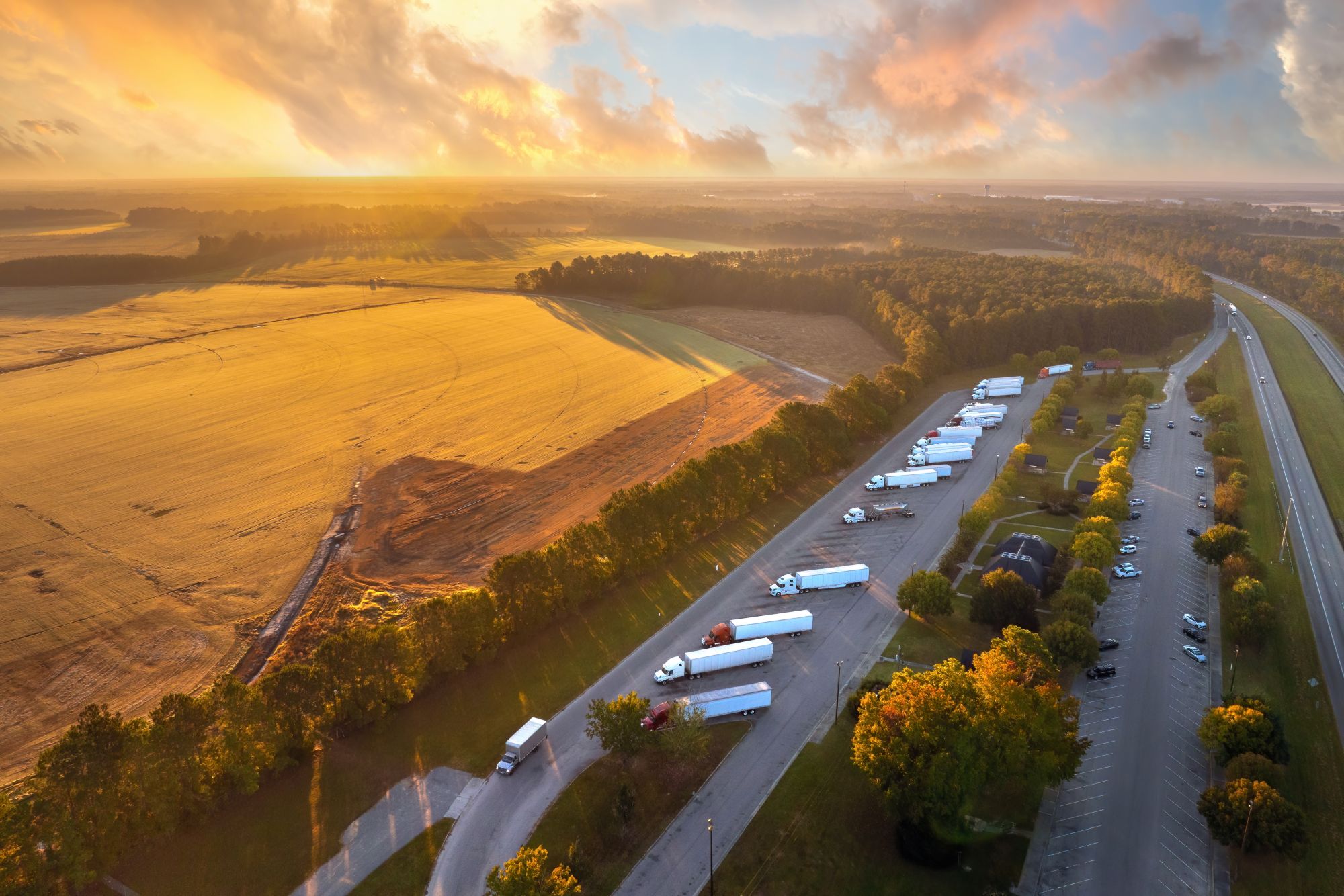
Susie Jones
Come può il settore del trasporto merci sostenere la salute mentale dei conducenti?
Creato: 07/10/2024
•
Aggiornato: 10/10/2024
Il 44% degli autisti di camion a lungo raggio manifesta sintomi di depressione, ma la salute mentale nel settore dei trasporti è spesso trascurata. La natura del lavoro gioca un ruolo fondamentale nel benessere degli autisti, che devono affrontare lunghe ore di lavoro e lunghi periodi di isolamento. In occasione della Giornata della Salute Mentale che si celebra il 10 ottobre, come possono gli autisti e il settore prendersi cura del loro benessere?
Come possono gli autisti prendersi cura della propria salute mentale?
I conducenti possono adottare diverse misure per prendersi cura della propria salute mentale:
Sonno e riposo
Un sonno adeguato è fondamentale per la salute fisica e mentale. In qualità di autista di camion, le lunghe ore al volante possono interrompere un regolare ritmo di sonno: stabilire una routine migliorerà l'umore, la vigilanza e il benessere del conducente.
Idratazione e dieta
Anche se è difficile in viaggio, mantenere una dieta equilibrata e l'idratazione è fondamentale per evitare crolli di energia e sbalzi d'umore.
Gestire lo stress
Parte della professione di autista di mezzi pesanti consiste nel gestire le situazioni di stress: le tecniche di gestione dello stress, come la gestione del tempo e gli esercizi di rilassamento, riducono efficacemente i livelli di stress. La pratica della mindfulness, come la meditazione e la respirazione profonda, aiuta a mantenere la calma.
Esercizio fisico
L'esercizio fisico regolare è essenziale per la salute fisica e mentale. Semplici esercizi come camminare, andare in bicicletta o fare stretching rilasciano endorfine e migliorano l'umore. Scoprite come mantenersi in salute in viaggio.
Parlare
La guida di camion è un lavoro isolante, in cui gli autisti passano ore senza parlare con nessuno. Rimanere in contatto con amici, familiari e colleghi attraverso telefonate e videochiamate fornisce supporto e combatte il senso di solitudine. Le aree di sosta per camion offrono agli autisti un'ottima opportunità per parlare con persone che la pensano allo stesso modo delle difficoltà del lavoro.
Fare delle pause
Stare al volante per lunghi periodi può essere mentalmente faticoso: fare pause regolari per riposare e ricaricarsi riduce i livelli di stress. I conducenti sono soggetti a norme rigorose per quanto riguarda le pause regolari - per saperne di più norme e regolamenti del tachigrafo.
Quello che hanno detto gli autisti
Abbiamo chiesto agli automobilisti sui social media di farci sapere come si prendono cura della loro salute mentale:
Truck Life GB dichiara di "sostenere gli altri autisti attraverso le mie piattaforme di social media. La mia casella di posta è sempre aperta per una chiacchierata. Che si tratti di una battuta o di una chiacchierata generale, sono le piccole cose che fanno la differenza".
"I podcast e una grande serie di compagni che conoscono tutti gli alti e i bassi, come faccio io con loro. Almeno uno di loro avrà una giornata peggiore della tua", spiega il camionista Mark.
Il servizio di testo "Be A Mate" di Mates in Mind consente agli automobilisti di parlare con volontari qualificati 24 ore su 24, 7 giorni su 7, se si sentono suicidi, ansiosi o sopraffatti. Il servizio è anonimo e non compare nelle bollette telefoniche. Tutto ciò che gli automobilisti devono fare è digitare "BeAMate" al numero 85258 per iniziare la conversazione.

Cosa possono fare le aziende di flotte?
I gestori di flotte possono adottare diverse misure per garantire che i loro conducenti si prendano cura della loro salute mentale. Favorire un ambiente in cui le discussioni sulla salute mentale siano affrontate apertamente e senza giudizi può cambiare le opinioni e le stigmatizzazioni.
Le flotte possono adottare le seguenti misure:
Carico di lavoro
Ove possibile, la riduzione del carico di lavoro dei conducenti può migliorare significativamente il loro benessere.
Supporto
Comunicare regolarmente con i conducenti incoraggia le conversazioni oneste. Fornire agli autisti un sistema di supporto farà sì che non si sentano soli.
Comunicazione
Comunicare efficacemente in merito a qualsiasi cambiamento organizzativo ridurrà i livelli di stress dei conducenti.
Cultura
Promuovere una cultura lavorativa positiva che eviti conflitti e comportamenti inaccettabili.
Cosa possono fare le aree di sosta per aiutare la salute mentale degli autisti?
Gli autotrasportatori dipendono dalle aree di sosta per le loro necessità quotidiane. Sono fondamentali per migliorare la salute mentale degli autisti, in quanto fungono da rifugio per i conducenti che hanno trascorso lunghe ore di isolamento al volante. L'offerta di strutture pulite e all'avanguardia, di cibi sani e di un luogo in cui socializzare permette agli autisti di rilassarsi e distendersi.
Le aree di sosta per autocarri possono incoraggiare la creazione di comunità organizzando attività sociali ed eventi in cui gli autisti possono entrare in contatto con i loro coetanei e alleviare il senso di isolamento.
Come ha influito la carenza di autisti sulla loro salute mentale?
Nel 2023, in Europa ci saranno oltre 230.000 posti vacanti di autista di camion: una carenza di queste dimensioni ha aumentato la pressione su chi già lavora nel settore.
L'aumento del commercio elettronico ha aumentato questa pressione: gli autisti di camion devono rispettare orari di consegna più stretti e gestire volumi di merce più elevati. L'aumento del carico di lavoro e le ulteriori pressioni hanno avuto un impatto significativo sul benessere degli autisti, con tassi di turnover dei dipendenti ai massimi livelli.



